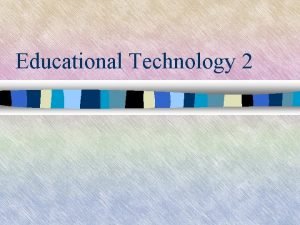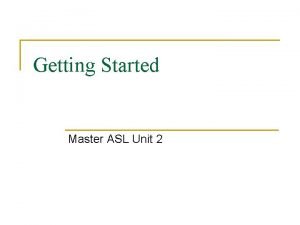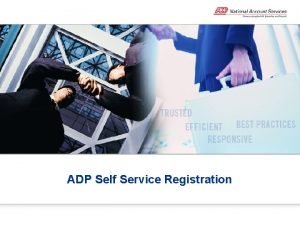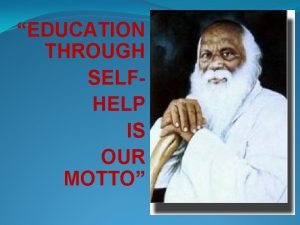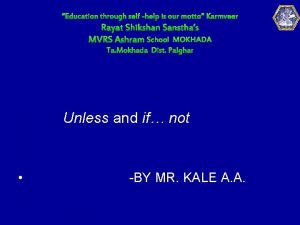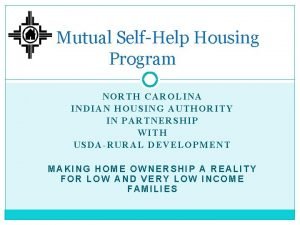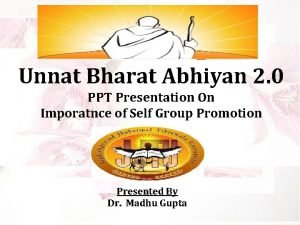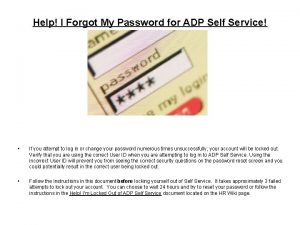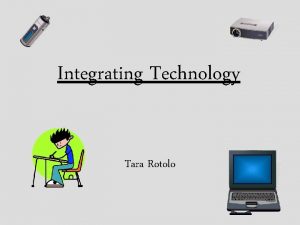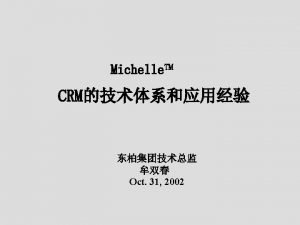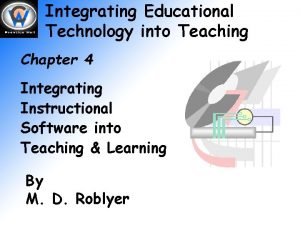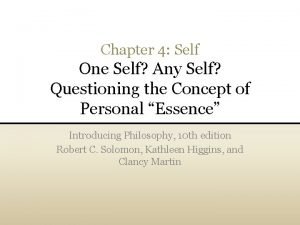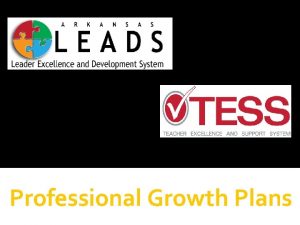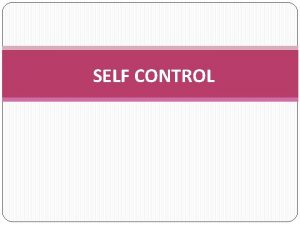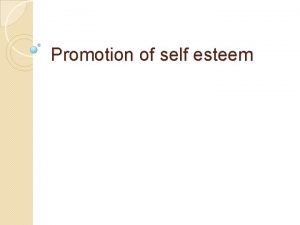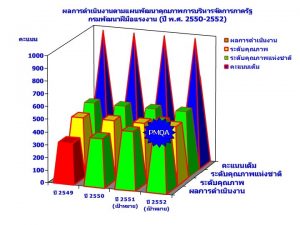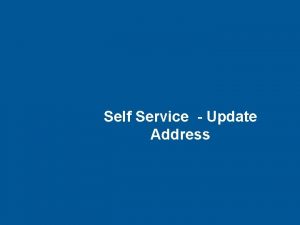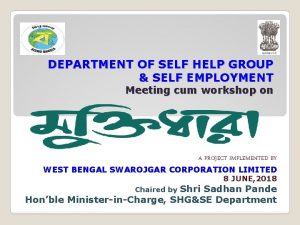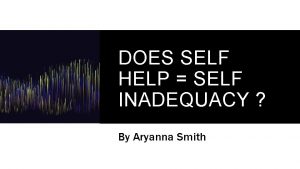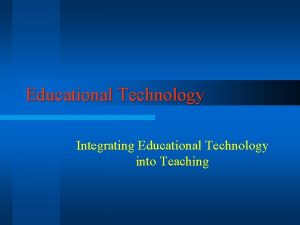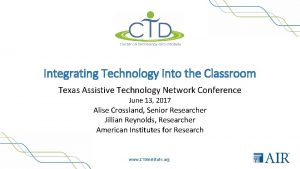Integrating Technology Into Self Help Center Operations Michelle






















- Slides: 22

Integrating Technology Into Self Help Center Operations Michelle Hopkins, LASC KC Thomas, LASC Harry Jacobs, AOC - CFCC

Old Service Delivery Model • Litigants provided with instructional packets and blank court forms. • Litigants complete blank court forms by hand. • No public computers used in center operations. • Divorce workshop series offered twice per month.

New Service Delivery Model • Public computers and Resource Center website key to center operations. • Staff, volunteers and litigants use website to access online document assembly programs, local & state fillable forms, and to gather legal information. • Law. Help Interactive programs used in all workshops, clinics & individually by litigants to prepare forms.

Turning to Technology • Specific problems presented in existing divorce workshop series. • Length of time for workshop & review of forms, litigant fatigue, quality of education, legibility & accuracy of handwritten forms. • New resources became available. (computers, Justice. Corps, template developer & on site developer)





Role of IT Department • • Provide computers & internet access. Provide hardware and layers of software. Provide ongoing IT support. No legal knowledge. No SRL knowledge. No role in template development. No role in service delivery.

Role of Self Help Center Developer • Functioning as “on the ground” service provider. • Collaborate with Template Developer in creating, reviewing, testing, and revising programs. • Implement & manage the use of the technology. • Address problems, offer solutions, make & implement changes. • Mentor and train staff, paralegals & volunteers.

Role of Template Developer • • Study current process. Talk to everyone involved. Try to figure out how technology can help. Discuss conclusions. First draft, attorney review, revisions. User testing, revisions. Ongoing support and updates.

Initial Considerations • • Who will use computer? Workshop setting? Individual use? Where will computers be placed? How much of the forms should be completed by the program? • How much education will the program provide? • Roles of workshop presenter, volunteers & litigants?

Expansion of LHI Programs • • More programs (derivative & substantive). Changing use of programs. Different types of programs. Expand physical locations for use of programs. • Changing of roles of staff, paralegals, Justice. Corps volunteers & litigants.

Getting Staff to Use Technology • On site developer launches use of programs. • Demonstrate the benefits of the technology. • Create a open, collaborative environment. • Involve staff in implementation & modification process. • Address staff concerns. • Provide sufficient and ongoing training.

Paternity Workshops • Development process for creation and modification of LHI Paternity programs. • Role of staff and volunteers in workshop setting. • Petition for Paternity. • Judgment Workshops: Stipulated, Default & Contested.

Expansion of Guardianship Services • Obtaining paralegal buy in. • Substantive & technical training issues. • Development of paralegal service delivery model. • Implementing remote attorney review.

Getting Volunteers to Use Technology • Assessing knowledge & comfort level. • Providing sufficient and ongoing technical training. • Defining the role of the volunteer. • Providing & accepting feedback. • Creating a collaborative, “work in progress” environment.

Trial Preparation Clinic • • Packet based format – Clinic Style Justice. Corps participation Impact of LHI program Expanded to Petitioner and Respondent format

Getting Litigants to Use Technology • • Assessing literacy level & comfort level. Technical navigation concerns. Presence of computer monitors. Use of plain language in interview questions. • Addressing substantive questions during computer interview.

Probate Notes Clinic • Development process of LHI program. • Establishing clinic style service delivery model. • Role of volunteers in assisting litigants. • Impact of LHI program on quality of services.

Probate Self-Help Online Forms • • • Service Model Spousal/Domestic Partner Petitions Release of Remains Completion of Orders Issuance of Letters

Thanks for Listening • Michelle Hopkins, LASC MHopkins@LASuperior. Court. org • KC Thomas, LASC KCThomas@LASuperior. Court. org • Harry Jacobs, AOC harry. jacobs@jud. ca. gov
 Education through self help is our motto
Education through self help is our motto Middle level integration
Middle level integration How to insert a quote
How to insert a quote Integrating sources into your writing
Integrating sources into your writing Self ideal example
Self ideal example Help us help you
Help us help you Help help i'm being oppressed
Help help i'm being oppressed Helper
Helper My mother makes me chicken poem
My mother makes me chicken poem Master asl unit 2 pdf answers
Master asl unit 2 pdf answers Express themselves
Express themselves Brigance screen iii 3 year-old data sheet
Brigance screen iii 3 year-old data sheet What are the three approaches in community development?
What are the three approaches in community development? Adp self service portal
Adp self service portal History of self-help group
History of self-help group Education through self help is our motto
Education through self help is our motto Education through self help is our motto
Education through self help is our motto Education through self help is our motto
Education through self help is our motto Rocinha self help scheme
Rocinha self help scheme Mutual self help housing
Mutual self help housing Account locked adp
Account locked adp Rashtriya madhyamik shiksha abhiyan ppt
Rashtriya madhyamik shiksha abhiyan ppt How to change my adp password
How to change my adp password

